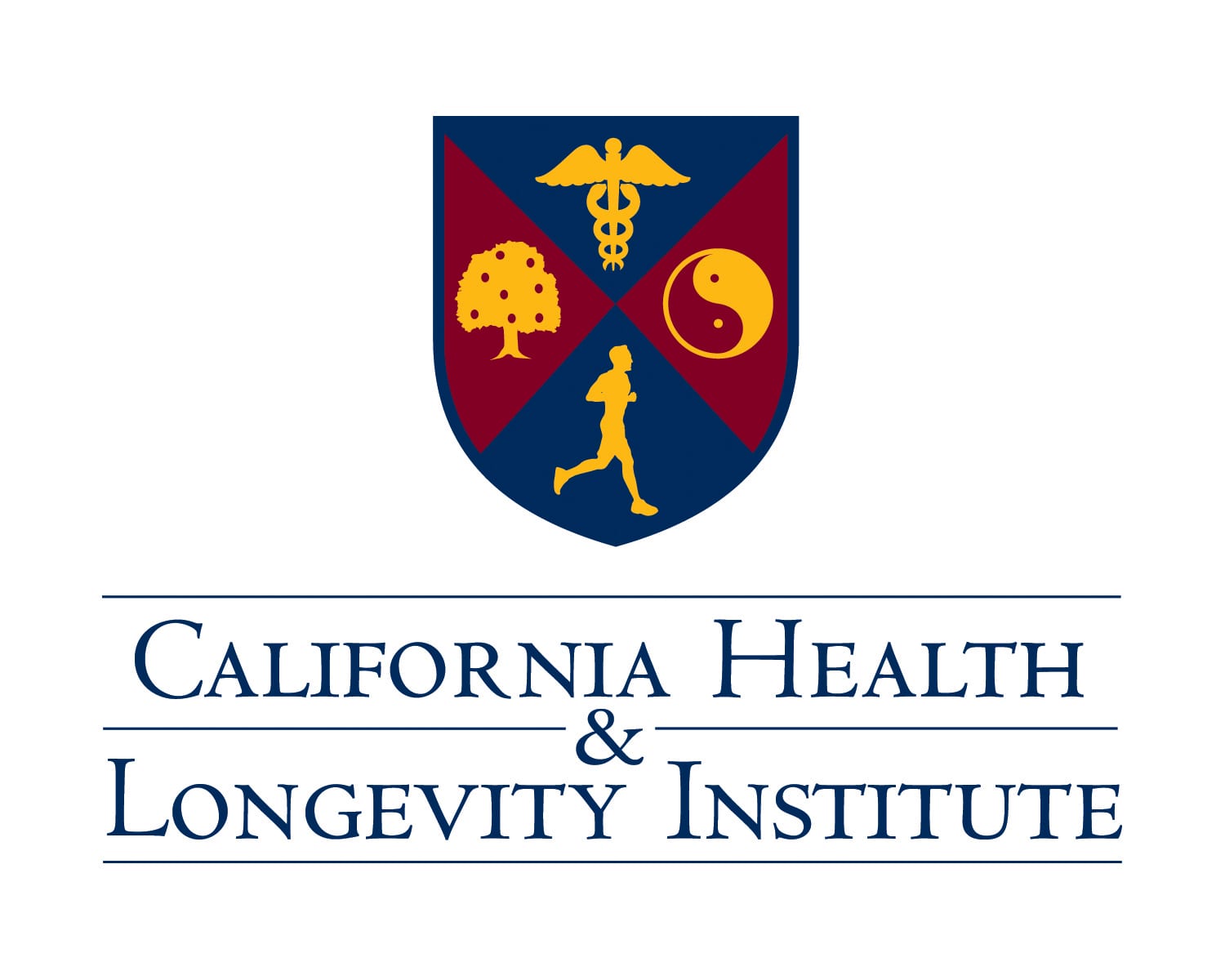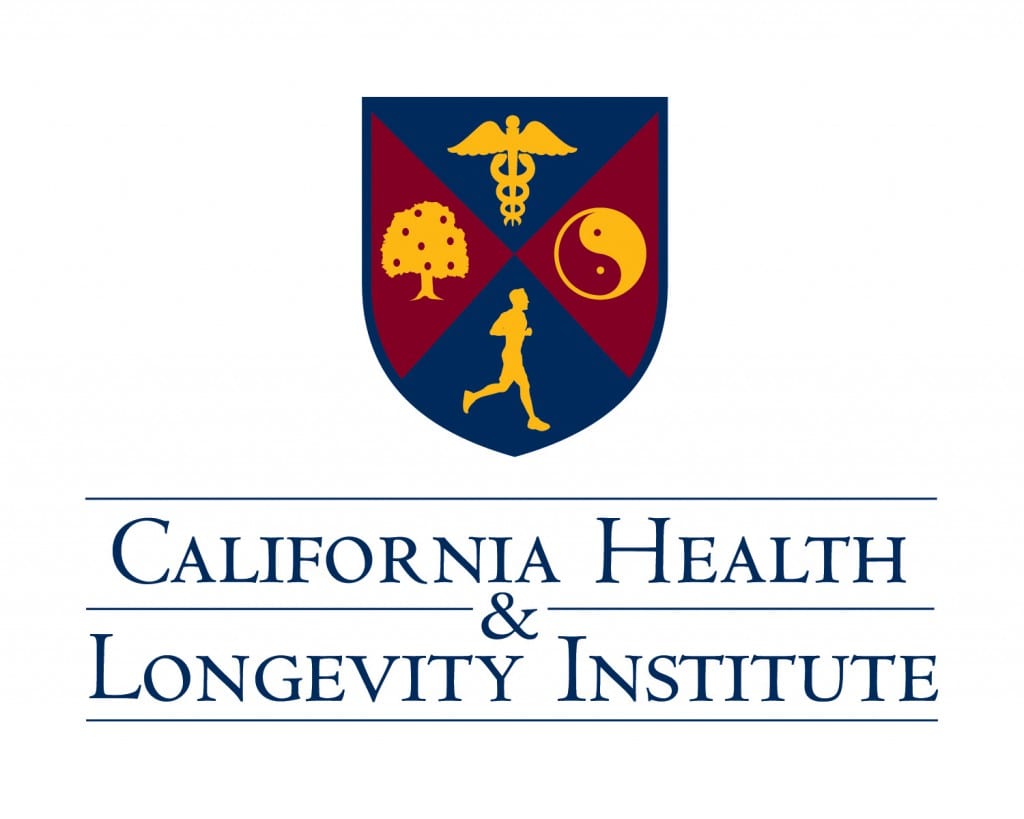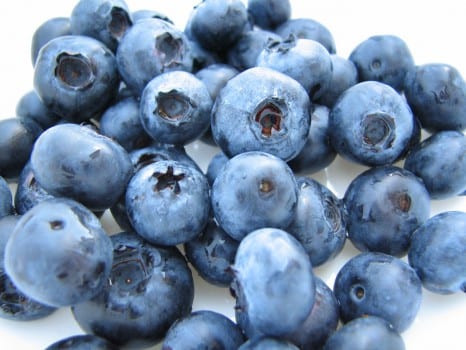The Billionaire Who Is Planning His 125th Birthday (part 5)
Article Originally appeared in the New York Times, March 3, 2011.
by Frank Bruni
Less than a year later, the oldest of the couple’s three sons, Eugene, drowned in the estate’s pool, apparently after accidentally hitting his head. He was 23. Even then death wasn’t done with the family Murdock and Gabriele created. About seven years ago, the second of the three boys, David II, had a fatal car crash as he sped down the Santa Monica Freeway. He was 36. The family is down to just Murdock and his youngest son, Justin, now 38, who helps run NovaRx, a biotechnology firm in which
Murdock owns a controlling share. Murdock did marry a fourth time, and then a fifth, but neither union lasted long. He has been single for more than a decade now, though he frequently makes passing references to “my wife,” meaning Gabriele and only Gabriele, photographs of whom dominate his homes. The other wives don’t show up.
“I had a lot of tragedy,”
he told me one of the few times he engaged the topic of his family’s steady, cruel erosion.
The room wasn’t ringing, and he turned his face away.
For a few years after losing Gabriele and Eugene, he couldn’t find the energy for much of anything and delegated many business dealings to subordinates. When his zest finally returned, he was consumed by the subject of what and how he and Gabriele should have eaten. He pored over medical journals, befriended and debriefed experts, gave speeches. Bit by bit his entire world became one of well-being. Out behind the orchid conservatory on his California ranch, he constructed tens of thousands of square feet of additional greenhouse space, where a small posse of gardeners tend an encyclopedic array of produce. If he can’t find something at the grocery store, he can probably just pluck it from here. When I walked through the greenhouses recently, I spotted Swiss chard, cabbage, celery, onions, spinach, beets, radishes, eggplant, artichokes, red peppers, rhubarb, baby bananas, strawberries, grapefruit, kumquats, clementines, lemons, star fruit and a whole lot else I couldn’t immediately identify. Where Willy Wonka had rivers of chocolate, Murdock has thickets of cruciferous vegetables
At Dole’s headquarters in Westlake Village, Calif., just a 15-minute drive from the ranch, employees eat in a subsidized cafeteria where salad is plentiful and chicken nuggets unthinkable, and they have free access to a company gym where personal training, also subsidized, is $30 an hour. The exhortation to eat right is so pervasive that if you call Dole and are put on hold, you don’t hear Muzak but, instead, sunny dietary bromides and nutrition news bulletins.
Across the street is a hotel, completed in 2006 and operated by the Four Seasons, that Murdock built to house the California Health and Longevity Institute, a combination medical suite, spa and demonstration kitchen. Clients can be screened for various cancers, have their body fat measured inside a special pod and get an earful about quinoa, along with a cooking tutorial. On the hotel’s room-service menus, in place of heart-shaped symbols designating low-cholesterol selections, there are L-shaped symbols designating dishes that might, by dint of fiber or antioxidants or omega-3 fatty acids, promote longevity. The hummus wears such a tag; so does the multigrain penne with a meatless tomato sauce.
The institute and hotel are meant to turn a profit — and do, a small one — and they underscore how interconnected Murdock’s evangelism and business interests have become. As does the research campus. Dole is the world’s largest producer of fruits and vegetables, so studies into their health benefits have a huge potential upside for the company. Many of the foods under the microscope are foods Dole sells.
to be cont’d







Comments are closed.